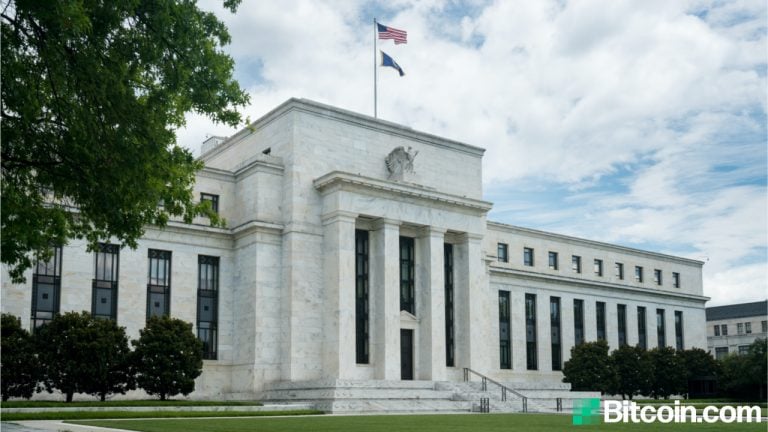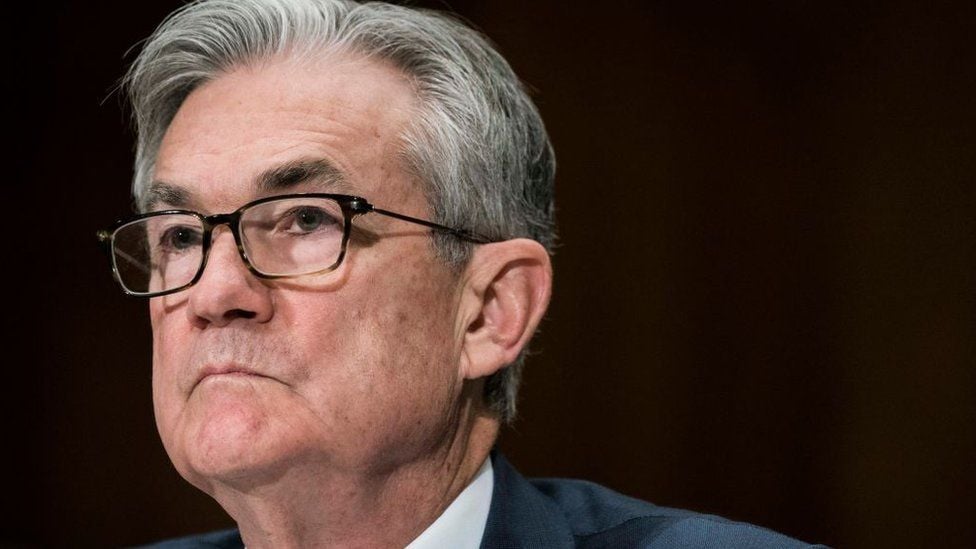QE Begins to Slow — Federal Reserve Reveals Winding Down of Corporate Bond Purchases

On Wednesday, the U.S. Federal Reserve announced it would be winding down its corporate bond purchases and selling part of its portfolio. The central bank plans to start with exchange-traded funds and then move on to bonds as the Fed insists “sales will be gradual and orderly.”
Federal Reserve Starts to Unwind QE
All eyes have been on the American central bank in recent times as the Federal Reserve has started tapering back quantitative easing (QE) tactics. It’s fascinating to onlookers because an estimated 24%-30% of all the USD ever created was added to the M1 monetary system by the central bank in 2020 and 2021. Moreover, the Fed told the press at the recent Federal Open Market Committee (FOMC) meetings that it would take some time for tapering discussions to begin.

The central bank followed up with these statements by removing liquidity from the market via reverse repos. As soon as the unwinding started, the Fed’s reverse repos increased, moving hundreds of billions of dollars off the market. Now the Fed plans to unwind corporate bond purchases and it explained it will start with exchange-traded funds. The Fed will follow with bond sales, so the sales will not impact the market in a negative fashion.
“Sales will be gradual and orderly, and will aim to minimize the potential for any adverse impact on market functioning by taking into account daily liquidity and trading conditions for exchange-traded funds and corporate bonds,” the central bank noted on Wednesday.
Fed’s Portfolio Sale Announcement Does Not Mention Mortgage-Backed Securities
The announcement was made by the Secondary Market Corporate Credit Facility (SMCCF) which handles emergency bond actions for the Fed. A number of other emergency monetary easing facilities have expired after they were created to handle the economic crisis sparked by Covid-19.
The U.S. central bank did not mention mortgage-backed securities (MBS) and has not mentioned any tapering of MBS purchases to date. Data suggests during the last year that the Fed’s MBS operations and a new flock of Wall Street investors are behind the inflated U.S. real estate market.
The SMCCF also noted the facility will leverage Treasury equity at 10 to 1 when acquiring corporate bonds of issuers, and 7 to 1 when acquiring corporate bonds of issuers that are rated below investment grade. There will be higher grades of risk the SMCCF announcement details, and the sales will become effective on July 28.
What do you think about the Fed winding down corporate bond purchases? Let us know what you think about this subject in the comments section below.



